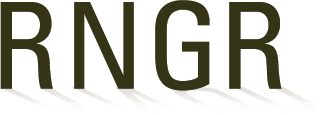Genetic delineation of local provenance in Persoonia longifolia : Implications for seed sourcing for ecological restoration
Stingemore, J. A., Krauss, S. L.
2012.
Restoration Ecology: 1-9
Journal Article
Transfer Guideline: Recommendation
Australia
Restoration of diverse native plant communities typically requires the collection of large amounts of seed. Thus, practitioners often struggle to find adequate supplies near project sites and need to know from how far they can collect without compromising restoration success - how are does local provenance extend? We addressed this issue by assessing genetic variation within, and differentiation among, 12 potential seed source populations of Persoonia longifolia, a key component of the jarrah forest of Western Australia. An analysis of molecular variance of 66 polymorphic amplified fragment length polymorphism markers partitioned 92% of the total genetic variation within populations and 8% among populations, indicating relatively weak but statistically significant population genetic differentiation. Ordination of these genetic data showed marked west/easty and north/south gradients. Pairwise population genetic dissimilarity was correlated with both geographic distance and environmental distance derived from five climate variables. However, partial Mantel test showed that the relationship between genetic and geographic distance was not independent of environmental distance, suggesting a non-neutral signature in these markers. Bayesian outlier analysis identified two markers, and spatial analysis methods tests identified highly significant associations between these two markers and three environmental viarbles. Frequency differences at these markers across populations suggested the possibility of climatically adapted provenances. The global significance value from analyses of similarities for these two markers correlated to a general provenance distance of 47 km, in contrast to a threahold of 60 km for the complete dataset. Guidelines for seed sourcing that consider these population genetic data should lead to more effective ecological restoration with this species.





